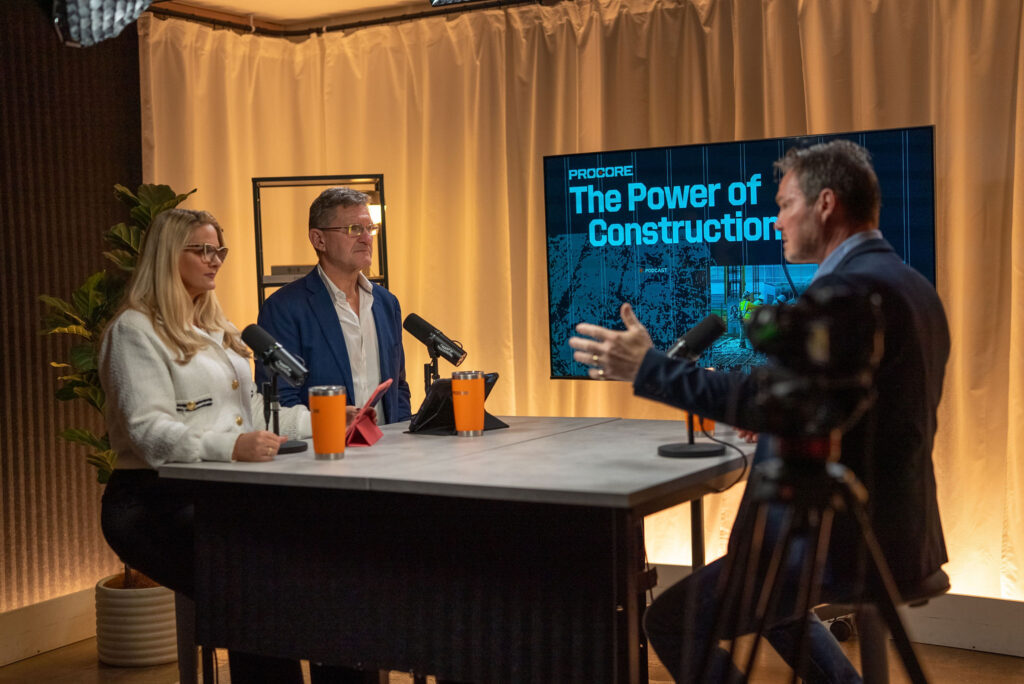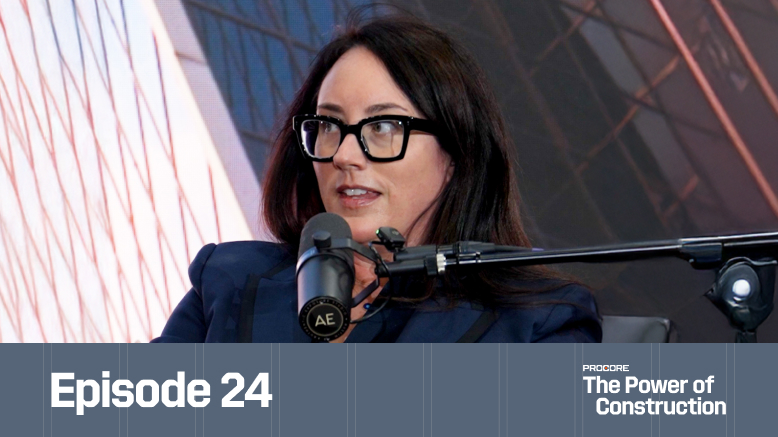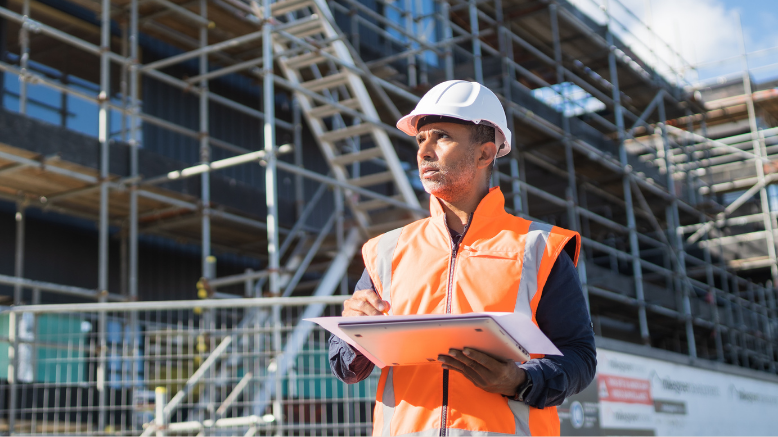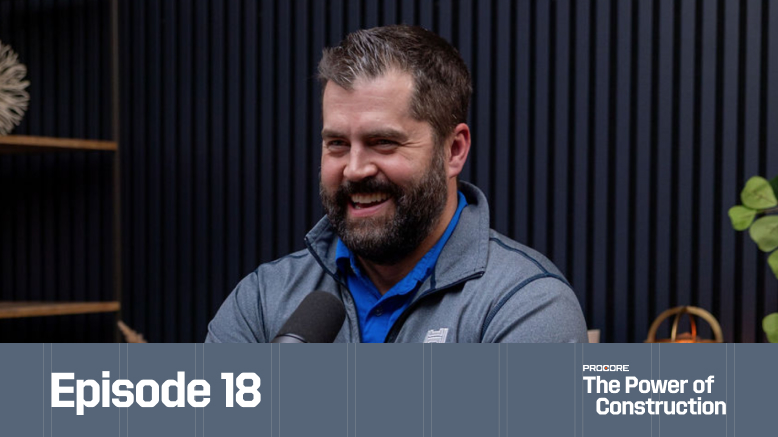Why Safety Conversations Matter Now
Australia has one of the most comprehensive workplace health and safety programs, yet 70% of workers are disengaged, and mental health inquiries are up 97%. The question at the heart of this episode: Is there a missing link between company policies aimed at addressing wellness and mental wellness, and the human psychology of adopting those policies? The construction industry has made significant strides in physical health and safety over the last 20 years, with declining accident rates. However, the industry has recently hit a plateau, suggesting that different factors are now at play beyond just physical health and safety.
The Plateau in Traditional Safety Metrics
Mental health claims are up 97%, yet only 1% to 2% of construction workers use mental health resources, even as the industry improves access. Traditional safety indicators like lost time injury rates and incident frequency rates are being retired in favor of indicators related to work innovation, behavior, and psychology. Despite significant investment in changing health and safety approaches on-site, the numbers haven't shifted meaningfully. Garry Mansfield argues that many traditional measures have been problematic—lost time injury rates, for example, are more a measure of how good your injury management is rather than actual safety performance. If you have good injury management, you can have zero LTIs while still having serious safety issues.
From Lagging to Leading Indicators
The construction industry has long aspired to use lead indicators rather than lag indicators, but the tools to properly measure them have only recently become available. Traditional lead indicators like counting toolbox meetings or safety inspections don't actually tell you how they impact safety performance. Modern technology now enables far more sophisticated lead indicators that can provide a deeper lens into project-specific risks. The challenge with lag indicators like LTIs is that there's nothing you can do about them after the fact—they often just create a culture of blame as organizations scramble to explain incidents to leadership.
Real Stories from the Jobsite: Rewards in Action
Mansfield shares a powerful story from a construction site where elevated work platforms were being used to install a roof—one of construction's most dangerous activities. When he arrived, the safety professional challenged him to find anyone who hadn't completed their pre-start inspection. As workers began coming down from their platforms, Mansfield realized they were expecting to be recognized and rewarded. The first worker proudly showed his completed logbook. The safety professional explained that he no longer spends all day managing the fundamentals of safety—PPE, exclusion zones, traffic management—because these basics are now a given. Workers come down saying "recognize me" rather than expecting punishment, fundamentally changing the dynamic on site.
The Turning Point: Rethinking Safety After Tragedy
Mansfield's revelation came after working in organizations with unlimited budgets, massive safety teams, and sophisticated systems, yet experiencing the same problems as competitors—including suicide, murder, and fatalities. He realized the missing piece was recognizing and rewarding workers when they do the right thing. As Charlie Munger said, "Show me the incentive and I'll show you the behavior." Traditional construction rewards like end-of-month holidays, golden hard hats, or vouchers collected at the office showed organizations understood the need for incentives, but they missed the critical element: instant gratification and the technology to deliver it at the point of good behavior.
Attitude vs. Knowledge: The Missing Piece in Safety Culture
When building companies ask Mansfield about the missing piece in their safety programs, he points out that while their training is often fantastic, the problems they're experiencing are attitude problems, not knowledge problems. Most workers will have a fair go at providing a safe work environment for themselves and their mates and won't deliberately put anyone at risk. The piece that needs work is helping those who are missing the right attitude to dial it up when it comes to safety. Subcontractors often parachute into projects because they were the right price at the right time and location—they never signed up to buy into organizational values, culture, or vision. They came to work hard, get paid, and go home without getting injured. Any improvement in their attitudes will have a tangible impact on project safety.
Gamification, Mateship, and the Return of Banter
The Scratchie platform is totally gamified, with leaderboards, scoreboards, and friendly banter returning to construction sites. In Australia particularly, the banter and camaraderie that once defined construction culture has diminished significantly. Surveys show that 96% of workers prefer to work on a Scratchie project, indicating that workers are putting their hand up to say "just recognize when we do the right thing occasionally, and we'll be on your team." The gamification promotes mateship on construction sites, with workers even grouping their rewards together to go for lunch as teams. The key is that rewards must be small and regular—not monthly recognition, but immediate rewards on the coalface when you see the behavior you want repeated.
Redefining the Role of the Safety Leader
Safety professionals have traditionally carried "the stick" in their back pocket, with checklists using words like non-conformance, comply, zero harm, and back charge. The technology provides another tool that says when you spot the right thing, do the right thing—reward, recognize, and have a conversation. When safety professionals or senior leadership call out good things while walking a site, it starts to teach that you don't have to be brutal every time you have a conversation. The balance doesn't mean taking the stick away entirely, but having something in your pocket to recognize good performance and capture valuable data. The data becomes extremely important for long-term projects, allowing organizations to measure culture, track progress, and focus rewards on the areas that keep leadership awake at night.
Why "Zero Harm" Is a Dangerous Myth
Mansfield argues that if you want to really know about zero harm, go ask the worker—the person with the hard hat or hairnet on. Workers will tell you that when there are no reported injuries, they're told "great, we've had no injuries, you can go away now." But when you really talk to workers, they reveal incidents that weren't reported—like someone who broke their finger yesterday that wasn't documented. The intent behind zero harm was sound, but it's become outdated and even damaging. The billboard mentality of promoting zero LTIs (like Deepwater Horizon did before its disaster) measures injury management, not safety performance. Businesses are maturing and early adopters of zero language are starting to squirm because they know it's outdated. The absolute nature of zero means anything above it is failure, creating a culture of blame rather than learning. If the goal used a word like "care" instead, workers would adopt it far better.
The Future of Safety: Psychology, Data, and Recognition
Self-determination theory, developed by Deci and Ryan, identifies three key psychological needs: autonomy, competence, and relatedness. These principles apply from birth to death, in the workplace, at home, and on the battlefield. Technology is enabling the implementation of these psychological principles in construction workplaces for the first time. A university in Newcastle, Australia is conducting a deep-dive study on incentives and motivation that will provide rich lead indicators—showing how many workers were rewarded for safe work at height, which contractors are best-performing, where risks lie in different build phases, and whether projects are on the right path. These sophisticated lead indicators give safety professionals tools their competitors don't have, providing the data needed to truly understand and improve safety culture rather than just measuring outcomes after the fact.
Rapid-Fire Q&A with Garry Mansfield
Book Recommendation: Paper Safe by Greg Smith - Life-changing for safety professionals
Go-to Source for Different Perspectives: Grok
Advice to Younger Self: Double down on the things you're really good at - err on the side of empathy and emotional intelligence rather than compliance
Innovation Shaping Construction's Future: Robots - they're way closer than we think and will work really well with humans
Key Takeaways
This episode demonstrates that transforming construction safety culture requires:
- Moving Beyond Compliance: Training programs address knowledge, but attitude problems require different solutions
- Lead Over Lag Indicators: Technology enables sophisticated real-time safety metrics rather than post-incident measurements
- Instant Recognition: Immediate rewards and recognition create behavioral change through positive reinforcement
- Gamification and Mateship: Friendly competition and team rewards restore camaraderie and banter to construction sites
- Psychological Principles: Self-determination theory (autonomy, competence, relatedness) drives intrinsic motivation
- Rethinking Zero Harm: Absolute targets create blame cultures; focus should be on care rather than unachievable perfection
- Data-Driven Insights: Recognition technology provides rich data showing where to focus safety efforts
- Balance of Approaches: Keep accountability but add positive reinforcement tools to the safety toolkit
- Worker Engagement: 96% of workers prefer projects with recognition programs
- Cultural Transformation: Safety leaders can shift from punishment-focused to conversation-based interactions
- Mental Health Impact: Recognition and conversation may be enough to positively impact a worker's entire day
- Subcontractor Integration: Rewards help align temporary workers with project values and culture
Garry Mansfield and Scratchie demonstrate that the missing link in construction safety isn't more rules or training—it's rewiring incentives so teams want to work safely. By applying behavioral psychology and providing instant recognition through technology, the industry can move beyond compliance-based safety culture to one where workers are engaged, empowered, and genuinely looking out for themselves and their mates. The future of construction safety lies in understanding that people respond to how they're treated, and recognition in microdoses creates lasting positive psychological change on the jobsite.





